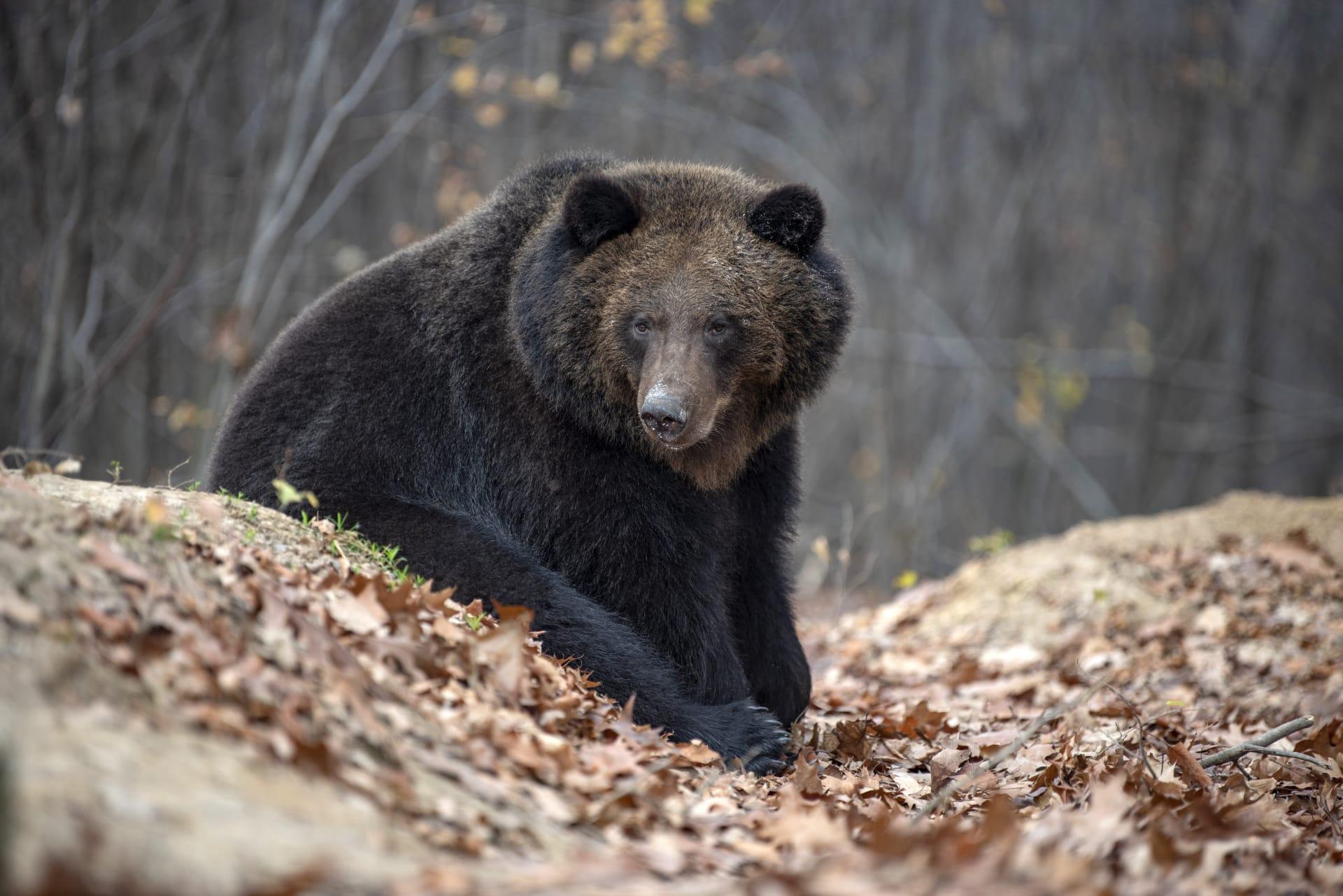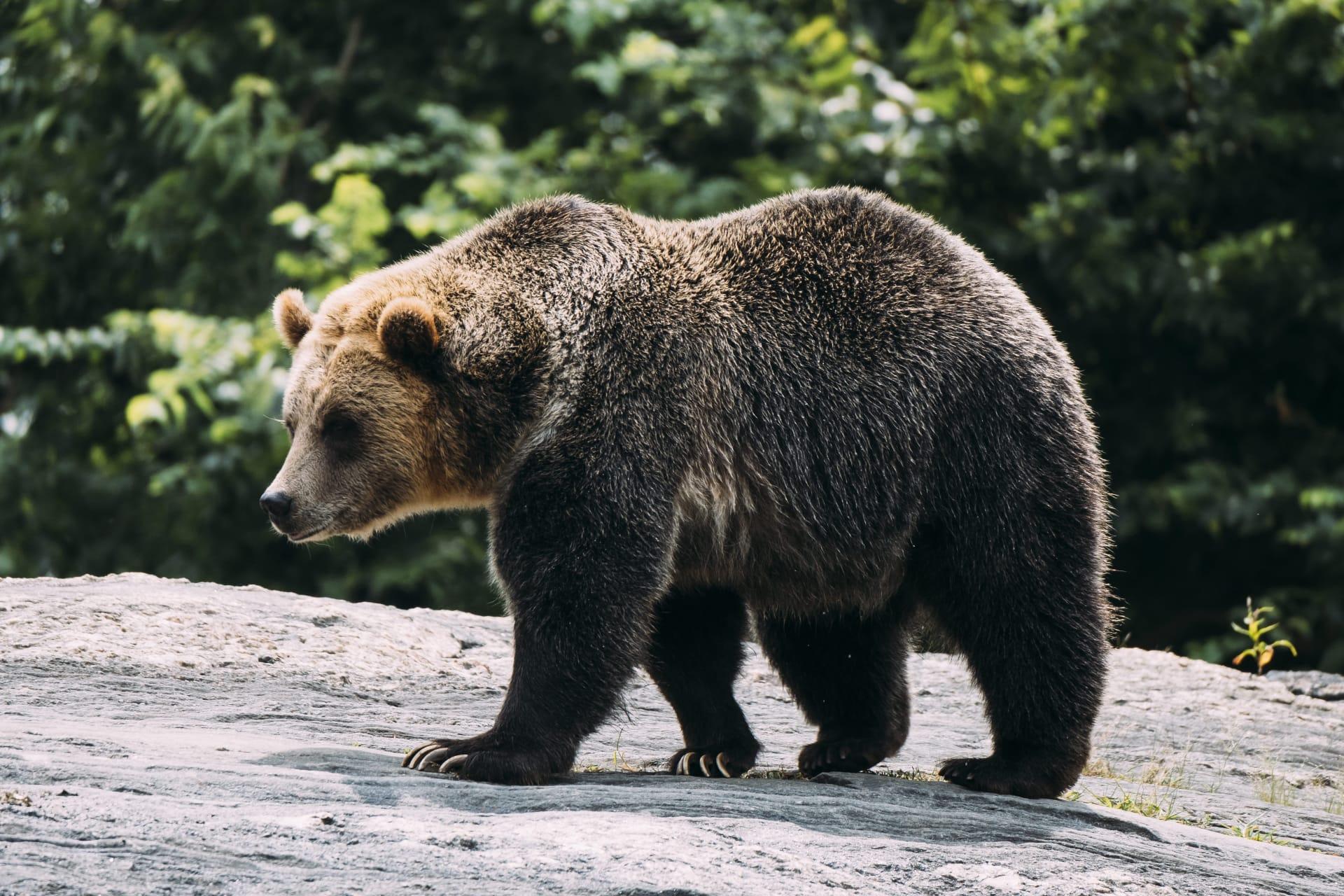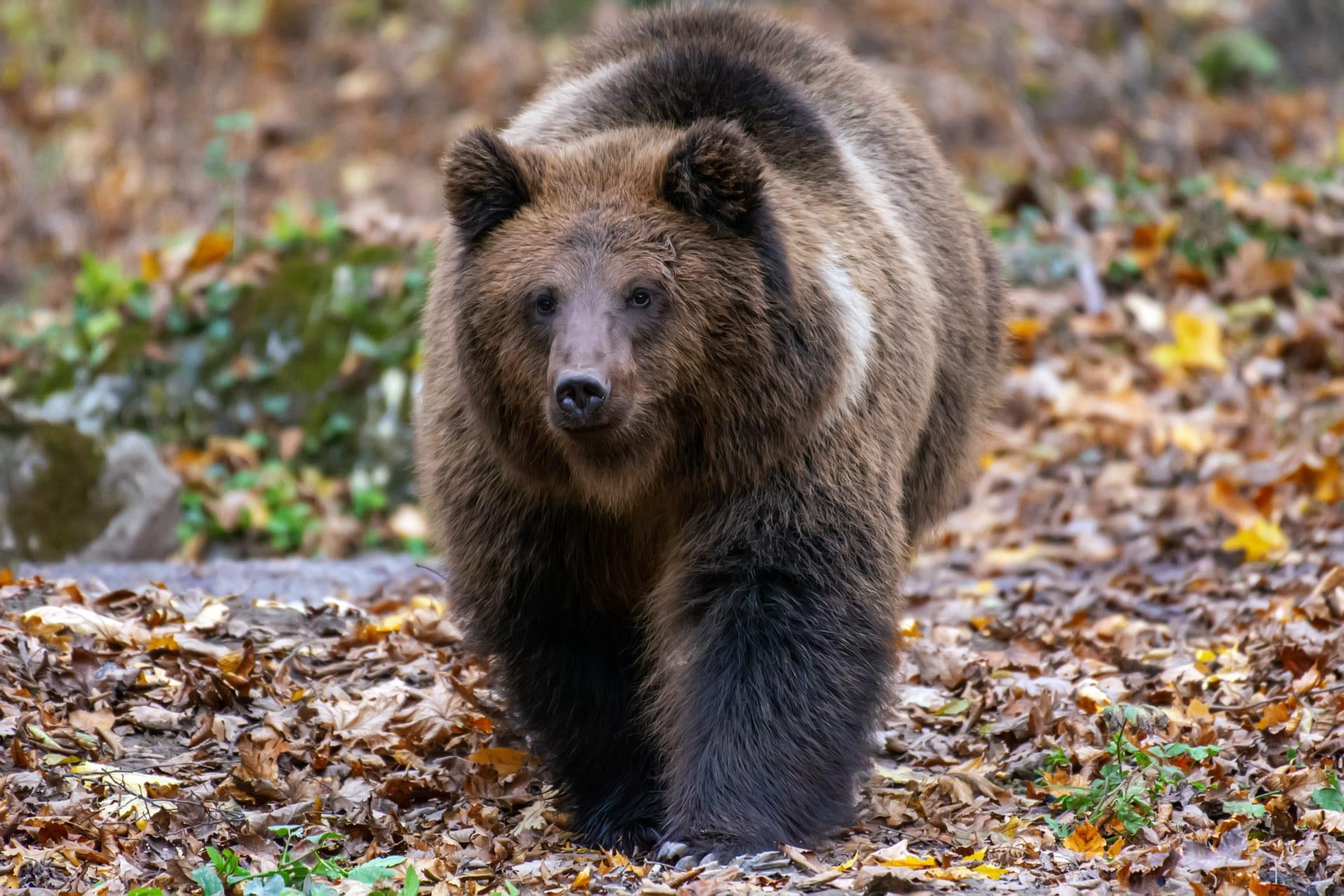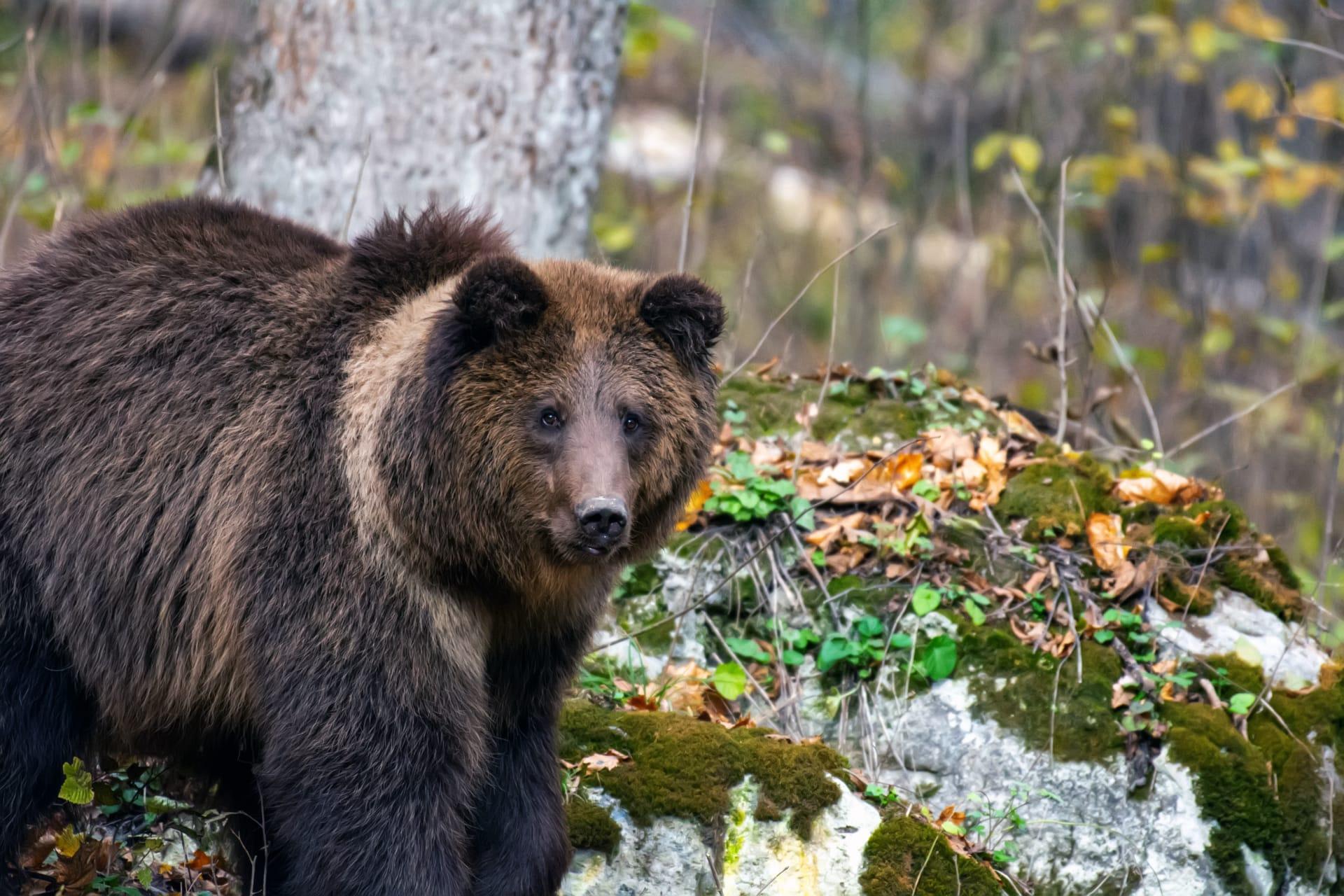Brown Bear
- Home /
- Mini Encyclopedia /
- Animal /
- Brown Bear
1
The Brown Bear, scientifically known as Ursus arctos, is a member of the bear family, Ursidae. This species is further divided into several subspecies, such as the Grizzly Bear in North America and the Eurasian Brown Bear in Europe and Asia. Each subspecies has adapted to its environment, exhibiting slight variations in size, shape, and behavior.
Brown Bears are found in a wide range of habitats across the globe, primarily in the Northern Hemisphere. In North America, they are mainly located in Alaska and parts of western Canada. In Europe, they are spread across Scandinavia, Russia, and parts of Eastern Europe. In Asia, their presence extends from the western part of the continent to the far east in Siberia. Their ability to thrive in diverse habitats, from coastal areas to mountainous regions, showcases their adaptability.

2
Question: Do Brown Bears hibernate all winter?
Answer: A common misconception is that Brown Bears hibernate like deep sleepers throughout the winter. In reality, their hibernation is more like a torpor. During this state, their body temperature drops slightly, and their metabolism slows down, but they can wake up easily and occasionally leave their dens, especially during warmer periods. This adaptation helps them conserve energy during times when food is scarce.

3
Brown Bears employ various survival strategies to adapt to their environments. Their diet is omnivorous, consisting of fish, mammals, insects, and a significant amount of plant matter, like berries and roots. This diverse diet allows them to thrive in different habitats.
Moreover, Brown Bears have a keen sense of smell, seven times more powerful than a dog's, aiding them in locating food. They also possess significant physical strength and can run at speeds of up to 30 miles per hour, which is crucial for hunting and defending themselves.

4
In the ecosystem, Brown Bears play a crucial role as apex predators and keystone species. Their presence helps regulate the population of their prey, maintaining a balance in the food chain.
Additionally, their foraging behaviors, like catching salmon in rivers and digging for roots, help in nutrient distribution. This activity contributes to the health and diversity of the ecosystem by spreading seeds and aerating the soil, promoting plant growth.

5
Film: "The Bear Family and Me" is a UK documentary released in 2011. It showcases wildlife cameraman Gordon Buchanan's journey as he spends a year with a family of wild Black Bears in Minnesota, observing their daily lives and challenges.
Book: "Among the Bears: Raising Orphan Cubs in the Wild" is an American book by Benjamin Kilham, published in 2002. It details Kilham's experiences in New Hampshire, raising and reintegrating orphaned bear cubs into the wild, providing insights into bear behavior and conservation.
Book: "The Nature of Bears: North America's Forgotten Predator" by Canadian author Else Poulsen, published in 2016, focuses on the complex relationship between bears and humans in North America. It combines scientific research with personal narratives to explore bear behavior and the challenges they face in the modern world.